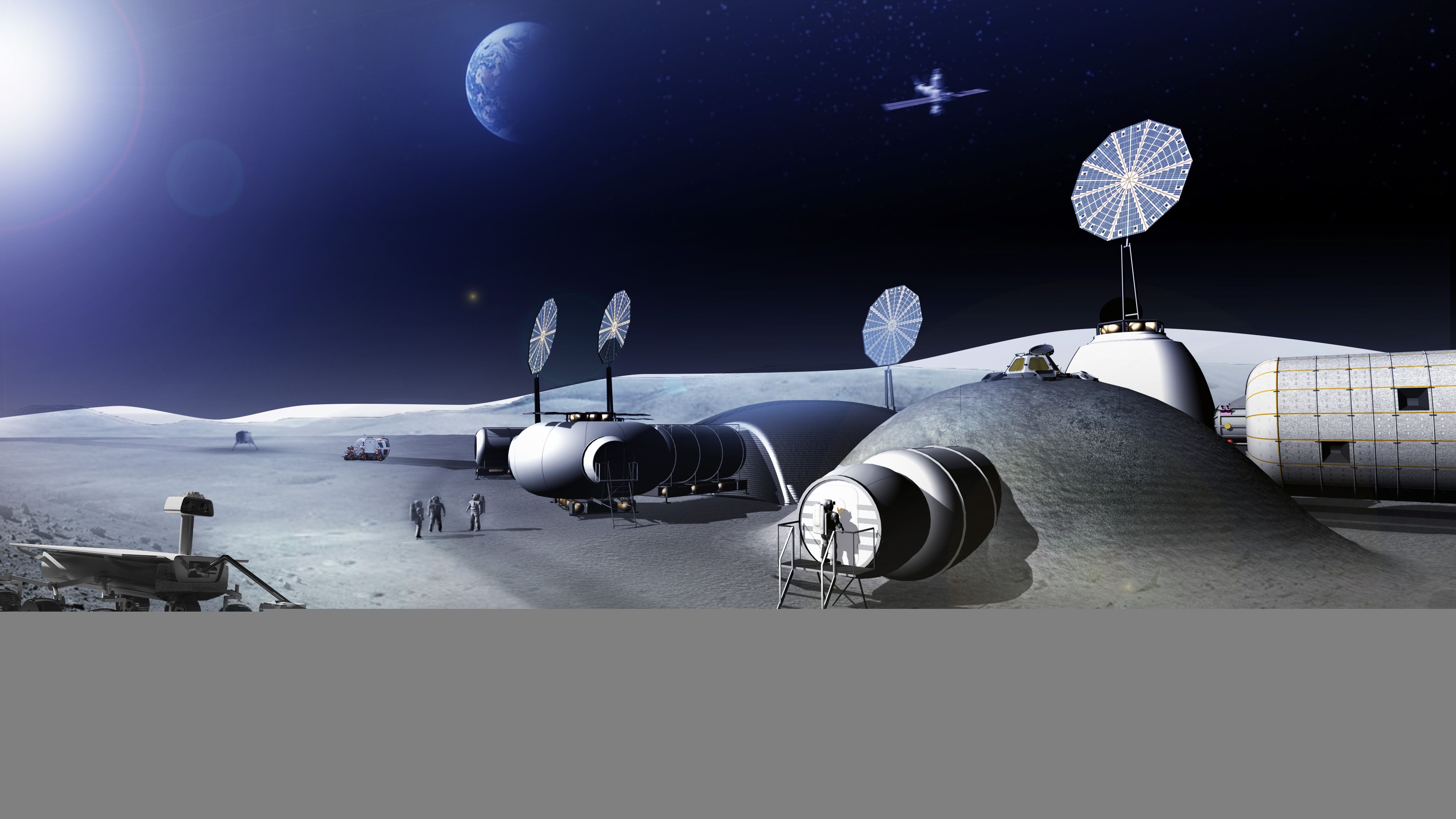
It is more a necessity than a desire, Crawford says. “Either nothing follows and you shut down human space exploration, or you build another space station – and it’s hard to see the point of that – or you go somewhere else, and I strongly believe the moon is the next place to go.” “The question is what to do after the space station,’ says Ian Crawford, professor of planetary science at Birkbeck, University of London. “The moon is the next logical stepping stone.” But so far I can tell you that the moon village is my favourite solution for the future,” he told the Guardian. “It’s an inspiring concept, and if others have a better idea, I am ready to change my mind. Woerner has kicked the idea around for a while, but will raise it formally with ESA’s ministerial council for the first time later this year. In time, Woerner says, it would build up the vital infrastructure and practical know-how that humans will need to head more safely into the farther reaches of the solar system. Unlike a single, all-consuming and costly mission, the moon village is intended to grow incrementally as an open, international effort. This is not what I’m thinking about.’ Photograph: ESA/Foster + Partners Another might break into lunar tourism.ĮSA’s Jan Woerner is quick to point out that his moon village vision is not ‘single houses, a school, a church, a swimming pool, a bakery, an undertakers. A tech firm could extract water from polar ice and turn some into hydrogen, oxygen and rocket fuel. A single agency could test whether robots can make radiation-proof habitats from lunar regolith. A band of nations might build a telescope on the far side of the moon, where observations are shielded from Earth’s electromagnetic din. The “village” he has in mind is a diverse community of public and private organisations that work on the moon together. While Nasa remains fixated on sending people to Mars - a challenge of daunting technical difficulty - ESA under Woerner sees the moon as the obvious next venture for a long time to come. If humans want to maintain a presence in space, they need a new plan, and soon.

The $150bn outpost will plunge back to Earth in a fireball above the Pacific Ocean leaving astronauts with nowhere to go.

In a decade or so, the International Space Station will be done with.

What he does have in mind is the future of human space exploration.


 0 kommentar(er)
0 kommentar(er)
